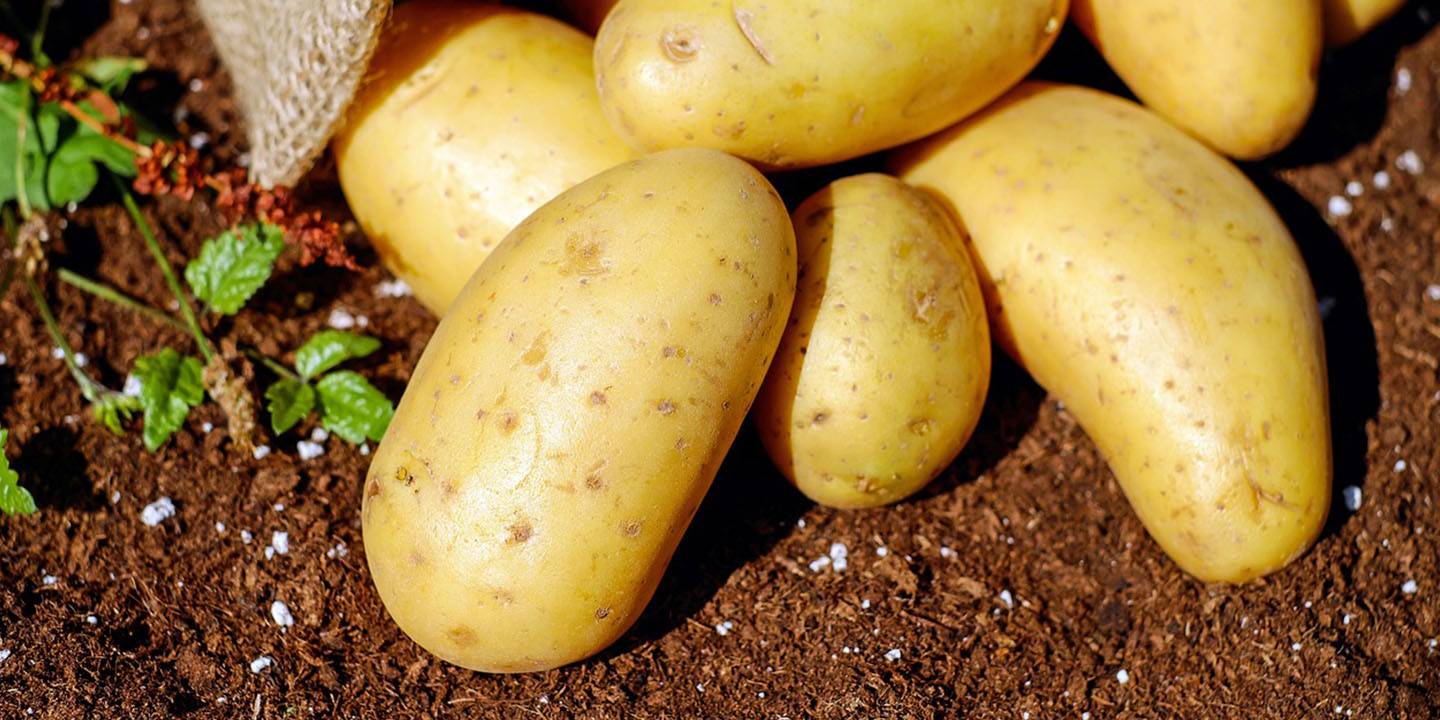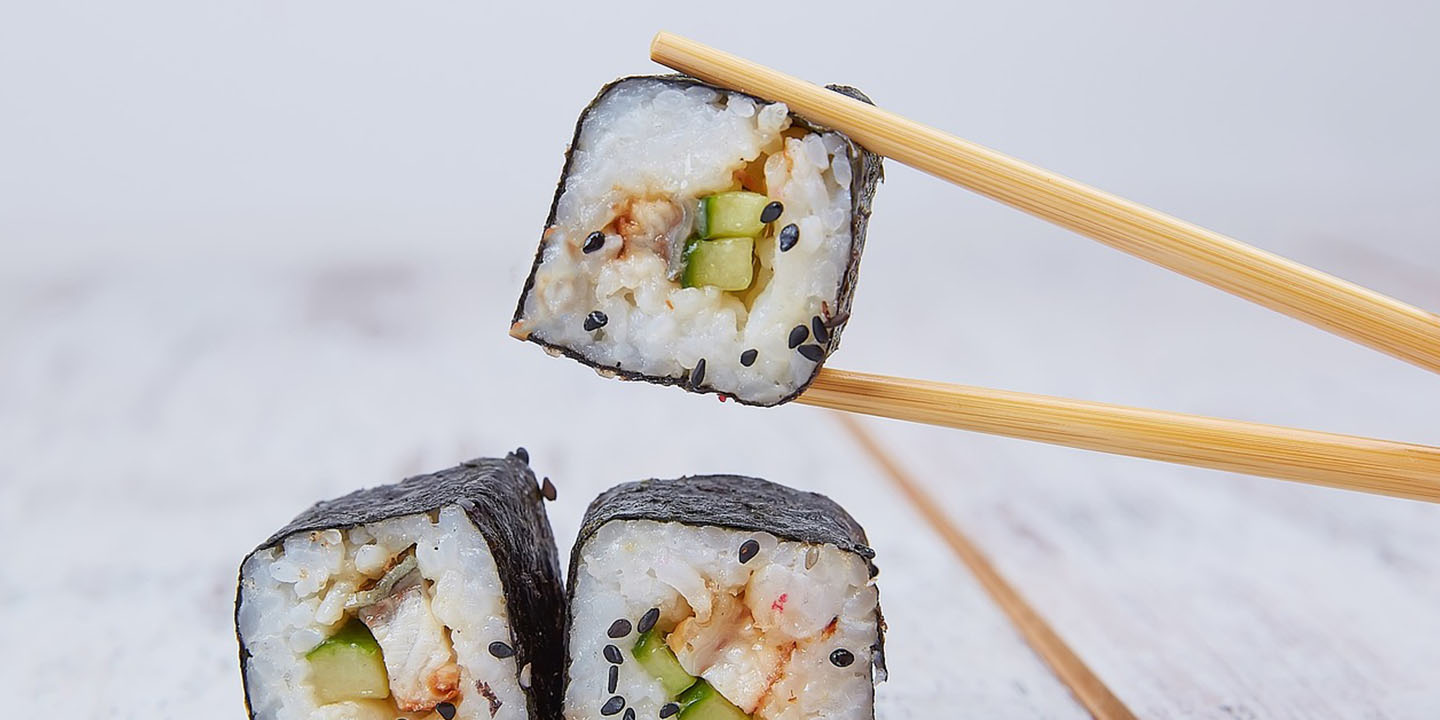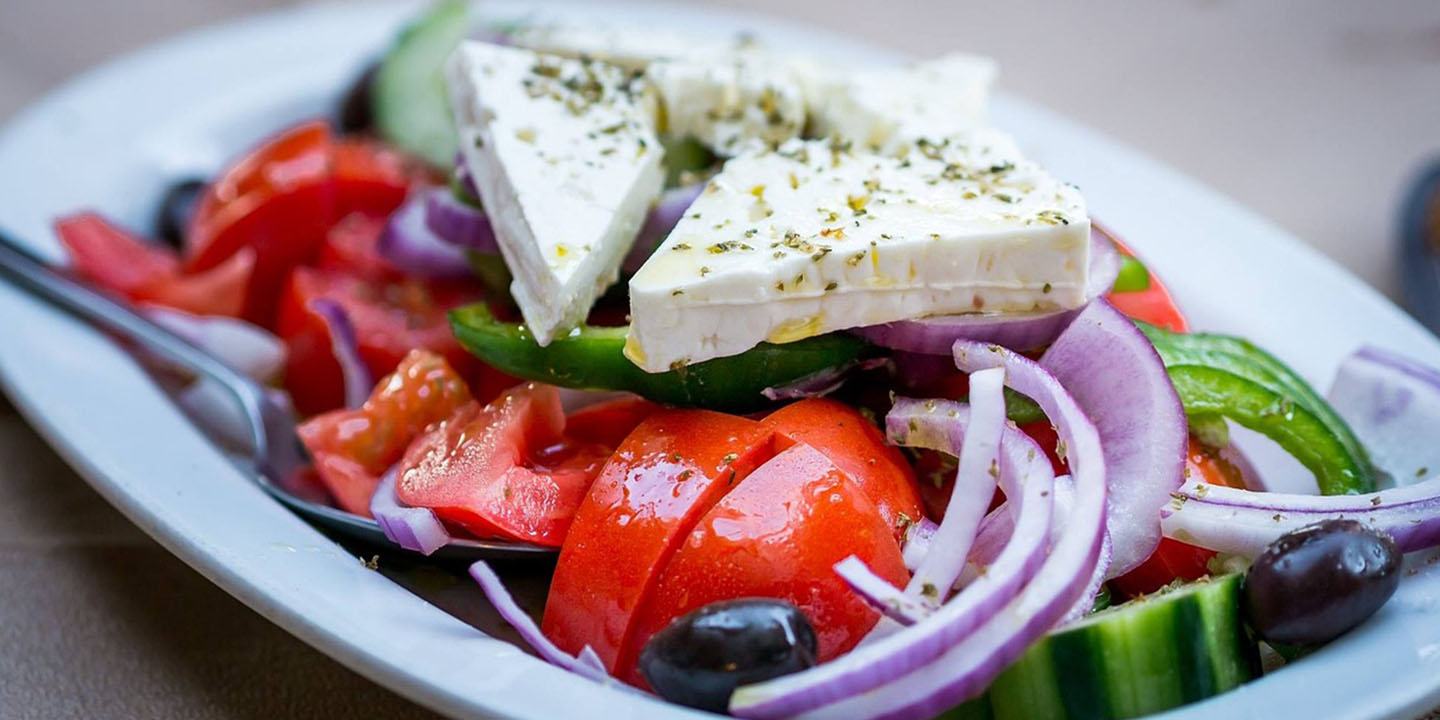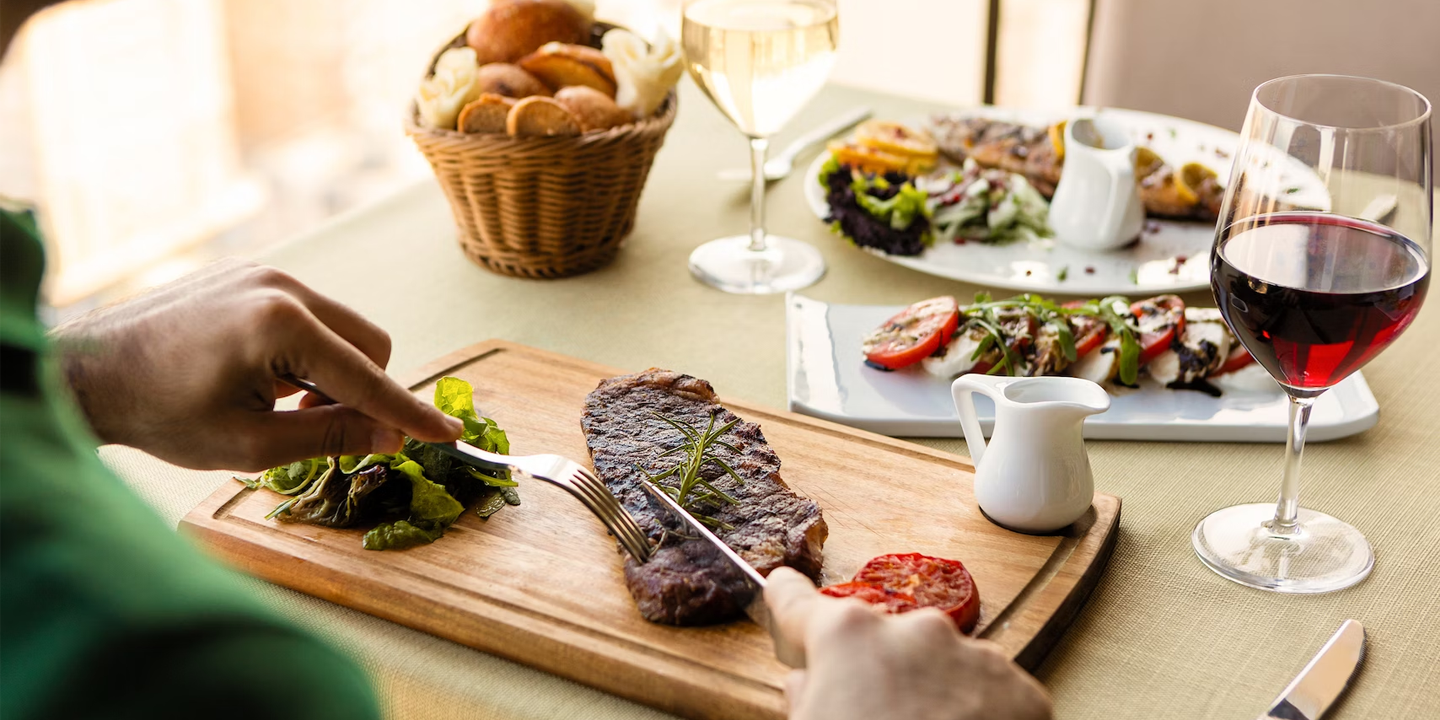Where Cravings, Chance, and Chaos Collide
Food brands often feel like they’ve always been there, stamped onto grocery store shelves like permanent fixtures. In reality, most of the big brands we take for granted today began as something scrappy, almost accidental, with small kitchens or stubborn founders chasing an idea that sometimes didn’t even make sense at the time. The paths to success are messy, full of luck, and late-night experiments. Here are twenty famous food brands with unique origins.
 Hybrid Storytellers on Unsplash
Hybrid Storytellers on Unsplash
1. Coca-Cola Began as a Medicinal Syrup
John Pemberton, a pharmacist in Atlanta, originally concocted Coca-Cola in 1886 as a tonic for headaches and fatigue. It contained coca leaf extract and kola nut caffeine—hence the name. People sipped it for “health,” never dreaming it would become a global symbol of refreshment, and, quite frankly, the opposite of a healthy drink.
2. Kellogg’s Came from Cornflake Accidents
The Kellogg brothers were trying to create easy-to-digest food for patients at a sanitarium. One day, they accidentally left a batch of boiled wheat sitting too long and decided to try and roll it out. Instead of forming sheets, it flaked instead. Out of this mistake came a breakfast empire.
3. Heinz Started with Horseradish
Before dominating the ketchup industry, Henry John Heinz bottled horseradish in clear glass jars. The transparency wasn’t just an aesthetic choice but his attempt to prove he wasn’t using fillers or questionable additives. He was one of the first to cultivate trust through packaging.
4. Pepsi Was Born as “Brad’s Drink”
In 1893, a North Carolina pharmacist named Caleb Bradham sold a drink called Brad’s Drink. Not exactly the catchiest or most inventive name ever derived for a drink. Five years later, he rebranded it as Pepsi-Cola, linking it to the digestive enzyme pepsin and the word “dyspepsia.” The new name stuck, even if the reasoning has long since faded from memory.
5. Ben & Jerry’s Came from a $5 Correspondence Course
Childhood friends Ben Cohen and Jerry Greenfield took a $5 Penn State ice cream-making course by mail. They picked Burlington, Vermont, for their shop because it had no ice cream parlor at the time. Their quirky flavors and grassroots charm became their brand identity, and the rest is history.
 Hybrid Storytellers on Unsplash
Hybrid Storytellers on Unsplash
6. Nestlé Got Its Start with Baby Formula
Henri Nestlé, a Swiss pharmacist, developed “Farine Lactée,” a mixture of cow’s milk, flour, and sugar designed to feed infants who couldn’t be breastfed. That invention saved lives in the 1860s and laid the foundation for one of the world’s largest food companies.
7. Starbucks Was Inspired by a Novel
The name came from Moby-Dick and was inspired by the first mate in the celebrated novel. It was chosen to evoke seafaring romance and the sense of adventure around coffee’s global journey. The first store, in 1971, sold beans and coffee equipment in Seattle.
8. Frito-Lay Began with Street Snacks
Elmer Doolin bought the recipe for fried corn chips from a Mexican man selling them out of his truck in San Antonio. He started making Fritos at home. Meanwhile, at the same time, Herman Lay was selling potato chips in the South. The two operations merged in 1961, forming Frito-Lay.
9. Hershey’s Was Built Around a Town
Milton Hershey failed with caramels before turning to chocolate. His factory grew so large he built an entire town around it—Hershey, Pennsylvania—complete with housing, schools, and parks. The chocolate bar wasn’t just candy; it was community infrastructure.
10. Domino’s Pizza Almost Went Another Way
Two brothers bought a small pizza shop in Michigan called DomiNick’s. One brother backed out, while the remaining owner, Tom Monaghan, renamed it Domino’s in 1965. The famous 30-minutes-or-less guarantee would come later, along with the red-and-blue domino logo.
11. Campbell’s Made Soup Affordable by Condensing It
In 1897, Dr. John T. Dorrance invented condensed soup by removing water to shrink storage and shipping costs. That innovation allowed Campbell’s to sell soup cheaply, ushering it into millions of pantries across America.
12. McDonald’s Began as a Drive-In Barbecue
Richard and Maurice McDonald opened a drive-in in San Bernardino serving barbecue. They noticed burgers sold best, so they opted to simplify the menu. Later, Ray Kroc saw the system’s potential, franchised it, and scaled McDonald’s into the golden arches empire that we know today.
13. Lay’s Chips Were the First National Snack Brand
Before Herman Lay, potato chips were a regional treat, often handmade in restaurants. Lay was the first to distribute them widely with a recognizable name and packaging. The idea that a bag of chips could travel cross-country was revolutionary at the time.
14. Dunkin’ Donuts Started as Open Kettle
In 1948, William Rosenberg opened a coffee-and-doughnut shop in Massachusetts called Open Kettle. Two years later, he renamed it Dunkin’ Donuts to highlight what people actually did—dunk doughnuts into coffee. This simple, practical rebrand captured the public’s imagination and spurred the company on to its current height.
15. Jell-O Was Almost a Failure
In 1897, Pearle Bixby Wait and his wife added fruit flavoring to gelatin and sugar and named it Jell-O. They couldn’t sell it and eventually abandoned the idea, selling the rights for $450. The new owners invested in advertising, transforming Jell-O into America’s classic dessert.
16. Nabisco Created Oreos as a Knockoff
In 1912, Nabisco launched Oreos as a competitor to Sunshine Biscuits’ Hydrox cookies, which had hit the market four years earlier. Funnily enough, despite the fact that Hydrox was first, Oreo managed to perfect their branding, thus relegating Hydrox to the dustbin of history.
17. Chipotle Was Bankrolled by a McDonald’s Investment
Steve Ells opened the first Chipotle in Denver in 1993, with the goal of preparing high-quality burritos quickly. The concept caught on, and McDonald’s invested heavily, fueling massive expansion. Eventually, Chipotle bought itself back, but the fast-casual model it popularized endures.
18. Spam Was a Wartime Hero
Hormel introduced Spam in 1937. During World War II, it became a military ration because it didn’t need refrigeration. Soldiers quickly grew tired of it, but the product spread worldwide, especially in places like Hawaii and South Korea, where Spam recipes remain culinary staples.
19. Krispy Kreme’s Recipe Came from New Orleans
Founder Vernon Rudolph bought a secret yeast-raised doughnut recipe from a New Orleans chef. In 1937, he started selling doughnuts in Winston-Salem, North Carolina. The irresistible smell drew people in, so he cut a hole in the wall and sold directly to passersby.
20. Tabasco Sauce Came from a Hand-Me-Down Recipe
Edmund McIlhenny, a banker in Louisiana, received pepper seeds from a friend who’d traveled in Mexico. He experimented, eventually bottling his fiery Tabasco sauce in 1868. The family still makes it on Avery Island, aging it in oak barrels like fine whiskey.
KEEP ON READING
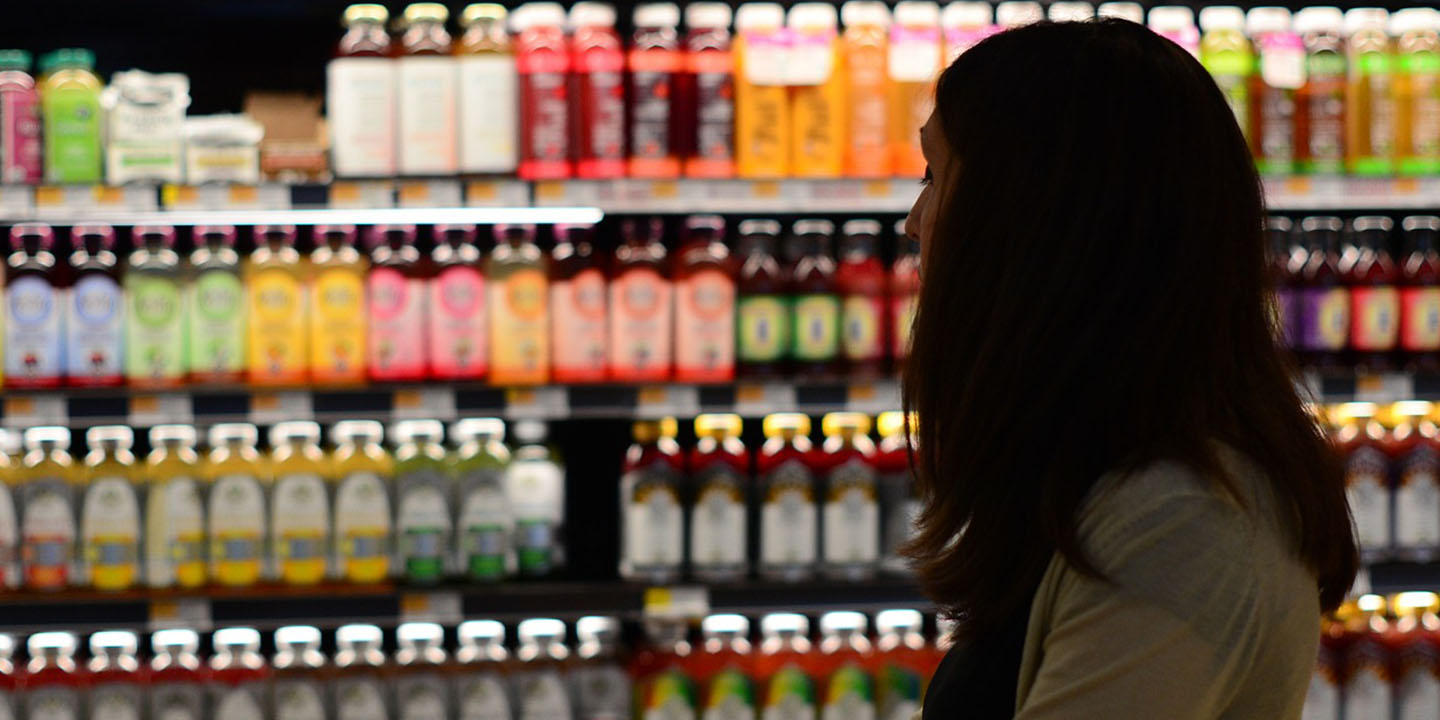
The 5 Most Consumed Foods in the Entire World
